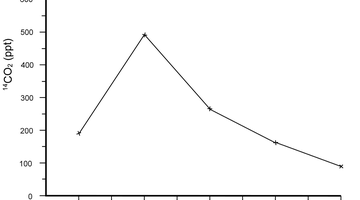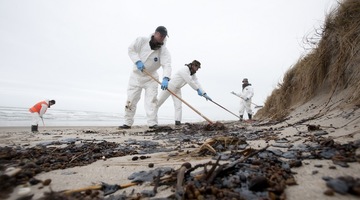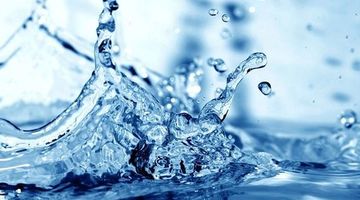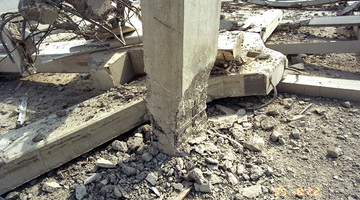

Tsunamis are unique in their destructive power, but they share many features with other ocean waves. Learn how the two wave types differ, and how ocean waves of all kinds affect New Zealand’s ...
READ MORE

Dr Willem de Lange is a researcher and senior lecturer in the Department of Earth and Ocean Sciences at the University of Waikato. He studies many aspects of tsunamis and sits on the Tsunami ...
READ MORE

NIWA scientist Richard Gorman predicts wind-forced wave conditions in the ocean using computer modelling. This is important because big waves are dangerous for ships, and they can cause beach ...
READ MORE

In this activity, students interpret graphs from a long-term study of carbon dioxide in the atmosphere of New Zealand. They explore how the interval between samples affects the conclusions we are ...
READ MORE

In this activity, students observe the processes of evaporation and precipitation by creating a model that simulates the water cycle. By the end of this activity, students should be able to ...
READ MORE

In this activity, students consider short-term and long-term responses to an environmental disaster such as the Rena. By the end of this activity, students should be able to: describe what might ...
READ MORE

Come and visit Aotearoa New Zealand’s underwater world in this online citizen science project. Discover, count and identify unique fish species that live within our marine reserves ...
READ MORE

Kelp forests are one of the most biodiverse habitats on Earth. Every nook and cranny is jam-packed with life! This citizen science project wants to understand more about how kelp forests grow and ...
READ MORE

Did you know that 80% of marine litter globally starts life on land? Mizuiku Upstream Battle is a citizen science programme run by Keep New Zealand Beautiful. It aims to get volunteers across ...
READ MORE

The rocky shore is a popular topic in primary school science. Below are some Science Learning Hub resources for primary teachers related to the rocky shore in the Living World strand of the New ...
READ MORE

About 70% of Earth’s surface is covered by water. It is found just about everywhere and is the only naturally occurring substance on Earth existing in solid, liquid and gas states. Water is ...
READ MORE

About 14,000 earthquakes are recorded in and around Aotearoa New Zealand every year. Canterbury’s 7.1 and Kaikōura's 7.8 magnitude earthquakes and subsequent aftershocks show the constant threat ...
READ MORE
Our oceans are absorbing about one-third of the carbon dioxide in the atmosphere. As a result, they are becoming more acidic. Associate Professor Abby Smith, from the University of Otago, is ...
READ MORE
In this video, Associate Professor Abby Smith, from the University of Otago, talks about what we can do to help reduce ocean acidification. Point of interest Make links to other initiatives to ...
READ MORE
Dr Phil Sutton of NIWA explains how Argo scientific floats are deployed and how they work in the water. He describes their cycle of floating at depth, collecting measurements as they rise to the ...
READ MORE

Water in the Earth system is influencing all aspects of life on Earth. Pathways, storage, transfers and transformations have an effect on the global climate and human welfare. Within this ...
READ MORE

Aotearoa New Zealand is a hotspot for marine diversity.
READ MORE

This short slideshow shows some of the animals found in the Antarctic benthic zone. Use the Slideshow menu for further options, including view full screen, and go here for the download option.
READ MORE